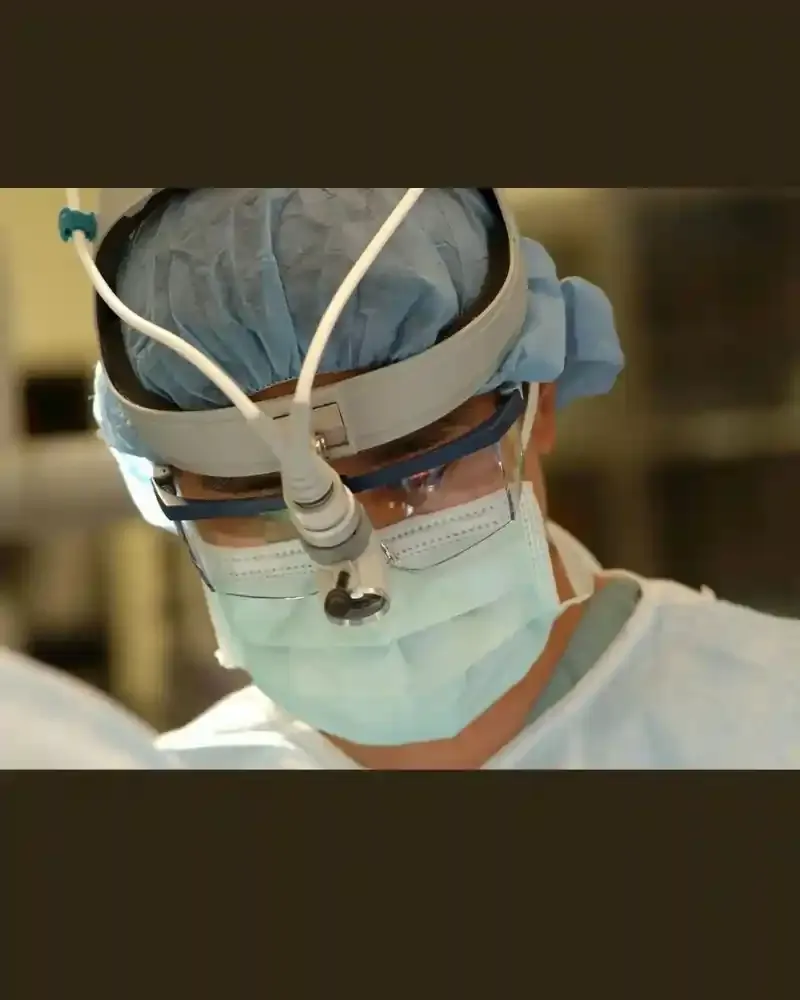
Sterile environments in surgery
Sterile environments are crucial in operating rooms to prevent infections and ensure patient safety. Strict protocols are followed to maintain sterility, including good hand hygiene, use of personal protective equipment (PPE), and sterilization of instruments and surfaces.
Sterility in operating rooms is achieved through a combination of physical barriers, chemical disinfectants, and procedural guidelines. The sterile field includes the operating table, the sterile drapes, and all instruments and staff directly involved in the surgery.
Modern techniques
Sterile environments in surgery are more easily achieved with 21st century technology. Devices such as modern self-retracting retractors play a crucial role in maintaining clear access to the surgical site and minimizing the risk of contamination.
A modern retractor for abdominal surgery, for example, holds an incision or wound open without the need for manual assistance, reducing the number of medical staff required and decreasing the potential for contamination.
These devices also improve visual access for surgical students, reduce the risk of musculoskeletal disorder in medical staff, and can be adjusted by surgeons themselves with just one hand. Modern retractors are more lightweight and easier to use than traditional designs.
Surgical science has come a long way since the surgeon and medical scientist Joseph Lister pioneered antiseptic surgery in the 19th century. Lister has been called the “father of modern surgery” and helped dramatically reduce post-operative infections. His principles have evolved into comprehensive infection control measures that are now standard in modern healthcare facilities.
Other technological innovations alongside surgical retractors include laminar airflow systems, which are designed to provide a constant stream of filtered air to remove airborne contaminants. These devices were originally considered effective but more recent evidence has clouded the picture: a 2017 systematic review was headlined “Laminar airflow in surgery might not reduce surgical site infections”.
Pulsed-UV light is used to disinfect high-touch surfaces between procedures. A 2019 study concluded, “Pulsed-UV technology was effective at reducing overall bacterial counts and significantly more successful than manual disinfection alone on hospital surfaces.”
Real-time monitoring systems can track hand hygiene compliance and other infection control measures. Technology is used across every step of surgical procedures.
Check out other Articles.
What happens if sterility is compromised?
Maintaining a sterile environment is not just a matter of following best practices; it’s essential for patient safety and surgical outcomes. Breaches in sterility can lead to patient complications, including surgical site infections (SSIs).
SSIs can result in prolonged hospital stays and increased healthcare costs; additional surgical interventions and antibiotic treatments; and increased morbidity and mortality rates. In some cases, SSIs can lead to life-threatening conditions such as sepsis or organ failure. There’s also a significant economic impact of SSIs on healthcare systems.
To mitigate these risks, healthcare facilities implement rigorous training programs and auditing processes. Regular evaluations of sterile techniques and equipment handling encourage all medical staff to maintain the highest standards of sterility.
The rise of antibiotic-resistant bacteria has increased the importance of preventing infections in the first place. As treatment options become limited, preventing contamination during surgery becomes even more critical.